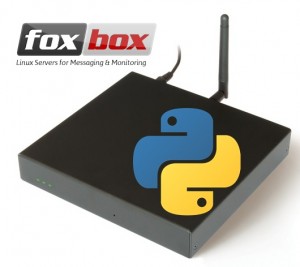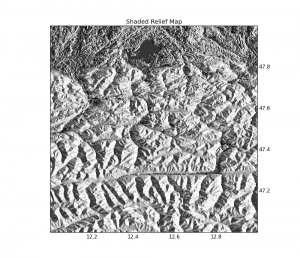This morning, North Korea tested some nuclear “bomb” somewhere in the middle of the country (confirmed by Pyongyang officials and CTBTO), and many seismic sensors worldwide recorded the triggered waveforms. The location of the test is the same as the 2009 one, confirmed by the location provided by global monitoring networks (USGS, GEOFON).
To pythonise this event, let’s get the data from the two explosions, using the obspy.iris module !
from obspy.core import UTCDateTime
from obspy.iris import Client
import matplotlib.pyplot as plt
import numpy as np
client = Client()
t1 = UTCDateTime("2013-02-12 02:57:51.2")
st = client.getWaveform("IC", "MDJ", "00", "BHZ", t1-30 , t1 + 300)
t2 = UTCDateTime("2009-05-25 00:54:43")
st2= client.getWaveform("IC", "MDJ", "00", "BHZ", t2-30 , t2 + 300)
d1 = st[0].data
d1 -= d1[0]
d2 = st2[0].data
d2 -= d2[0]
t = np.linspace(-30,300,len(d1))
plt.figure(figsize=(12,4))
plt.plot(t,d1,label=str(t1))
plt.plot(t,d2,label=str(t2))
plt.legend()
plt.title('Korean Boom Boom')
plt.grid()
plt.show()
Which will show:
Even my untrained eye can tell, dam’n, those two waveforms look crazy identical!
Footnote, I have no knowledge of nuclear bombs, the energy or typical waveforms related to them. I just, like many, read the news today, and plotted the waveforms of two confirmed tests together.





Je crois que je vais te piquer cet exemple pour le workshop Obspy que je dois préparer 🙂
Avec plaisir 🙂 Tu prépares un workshop pour quel public ?
Plutôt orienté débutant en Python, l’idée est de montrer l’intérêt de Python et comment il peut simplifier la vie des sismologues. Et une seconde partie plus poussé pour ceux déjà familiariser (conception logicielle, etc ça reste à définir).
Although the North gave no details of the test location, South Korean officials said a seismic tremor was detected in its neighbour’s north-east around the town of Kilju – close to P’unggye-yok.